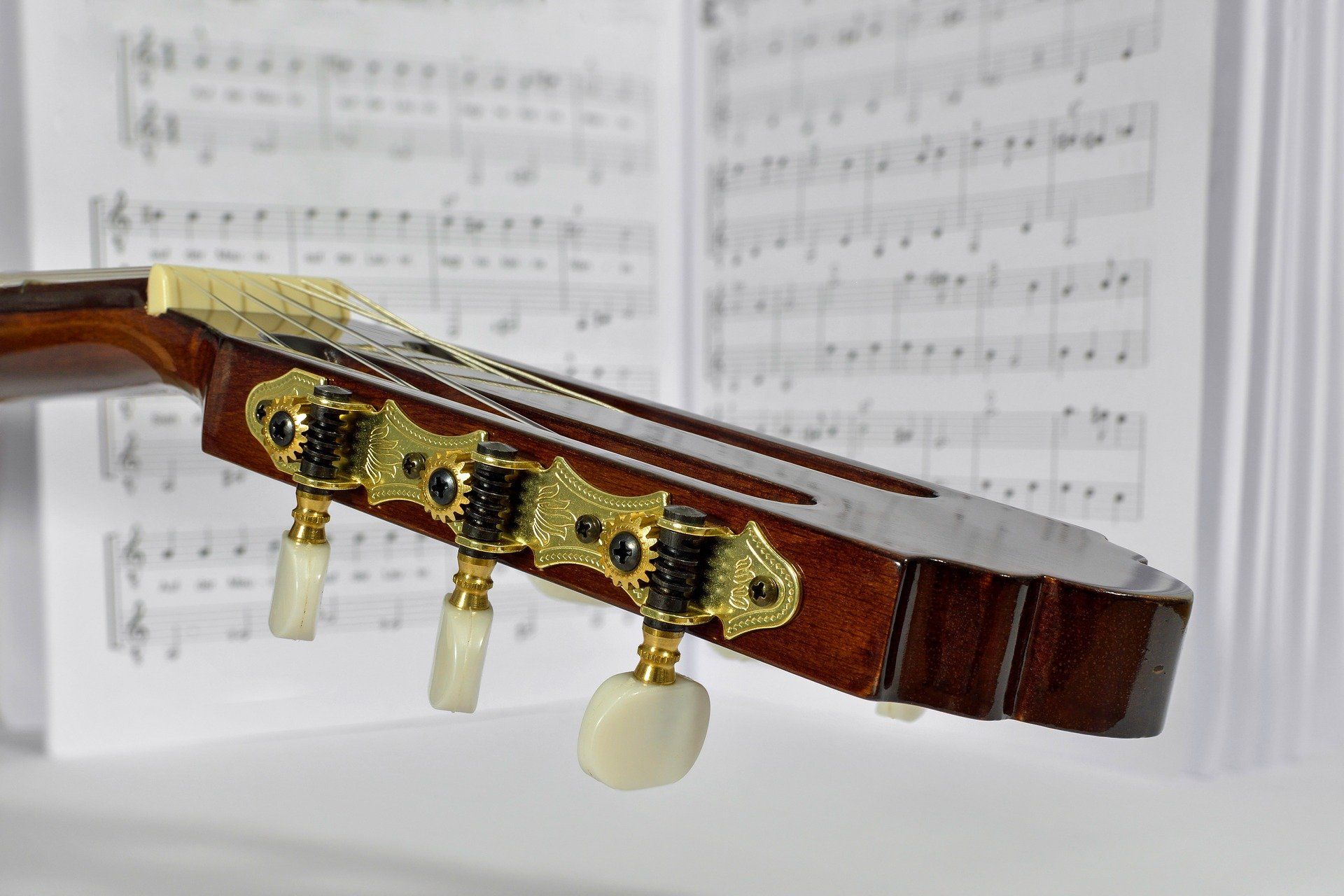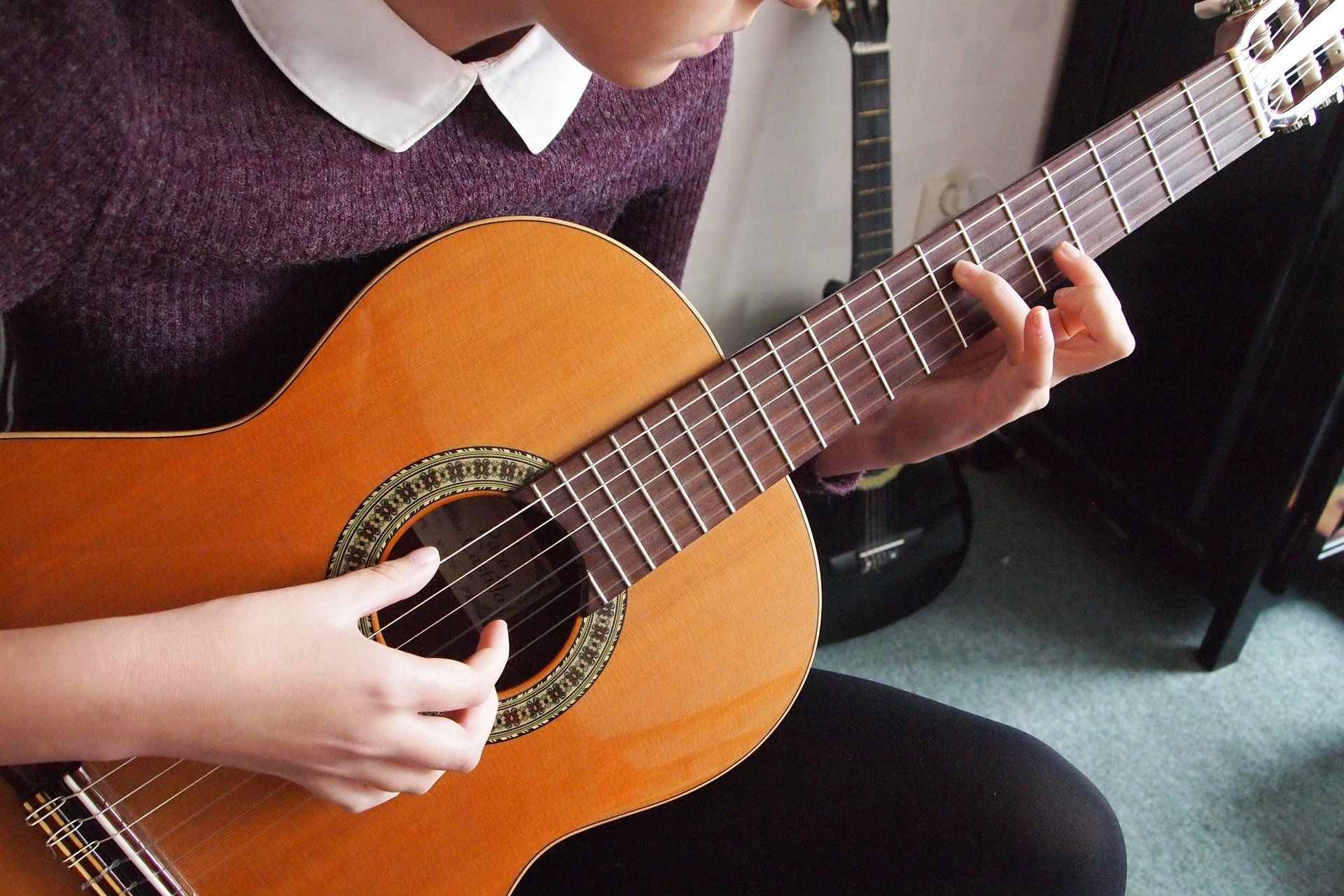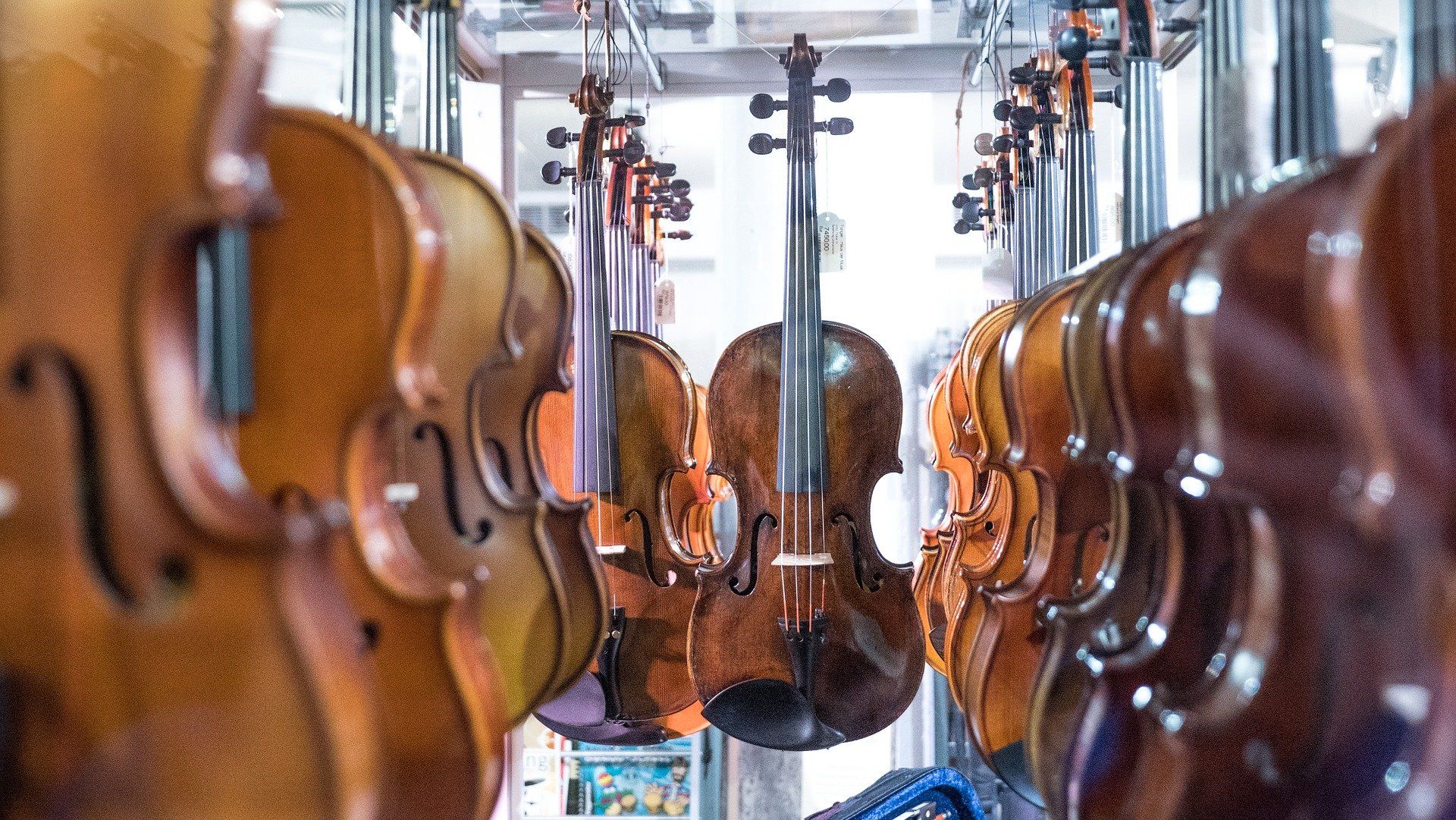
A Brief History of the Guitar
- by Tom Boddison
- •
- 30 Apr, 2018

Whether you're a pure shred-machine or someone who's into lots of different styles, learning how your favourite instrument evolved is vital.
It gives you new perspectives and, personally, it's given me a new-found respect for this instrument. It's also a lot of fun to find out how the guitar has evolved over the years, from the renaissance guitars of Spain to modern-day Stratocasters and Les Pauls.
As someone who plays every style of guitar from rock to flamenco, I've found this guest post by Cameron of The Singer's Corner really insightful and interesting (see more about Cameron below).
Without further ado, over to Cameron...
Origin of the Guitar
The exact origin of the guitar is unknown, but the obvious predecessor of the modern guitar first appeared in Spain during the Renaissance era (The Spanish Guitar).
While the Spanish guitar of this period most closely resembles the guitar we know today, variations of fretted instruments appear in many cultures throughout history. Some of these early instruments seem to have little in common with the modern guitar, but likely played a role in its evolution. These instruments would have been introduced in Europe as trade spread throughout the ancient world (History of the Acoustic Guitar).
Spanish Guitar
Most Renaissance-era guitars consisted of four courses of double strings, similar to the mandolin of today. As the Renaissance gave way to the Baroque era in the late 16th century, a fifth course of double strings was added.

Spanish luthier Antonio de Torres used the best innovations of the time to create the guitar that would serve as the inspiration for all modern guitars.
Modern Guitar
By the time German luthier C.F. Martin immigrated to the United States in 1833, the six string guitar with Torres’ bracing system was the most popular design. Although smaller-bodied than their modern successors, these 19th century guitars were very similar to the guitars of today.
Martin improved on the Spanish design with his flat top guitars. The bracing system developed by Martin in the 1850s is still used in the company’s steel-string guitars today (The Martin Story).
Toward the end of the 19th century, Orville Gibson began his own series of innovations in guitar design. In addition to making the popular flat top guitar, Gibson also introduced the arch top acoustic guitar. Gibson’s design was based on the arched design of a violin (120 Years of Innovation).

Earlier guitars were strung with lower-tension gut strings.
Classical guitars in the Spanish style are today typically strung with nylon
strings. By the end of the 19th century, advances in bracing and design allowed
Martin and Gibson to begin offering steel-string guitars (PBS - American Roots
Music). Steel-string guitars are designed to be played with a pick,
rather than the fingers, and deliver a brighter and louder sound. Although
nylon-string guitars are still played today, steel-string guitars are what most
people picture when they think of a guitar.
During the first part of the 20th century, guitars became bigger and louder. Martin’s dreadnought guitar, the largest body style, was initially unpopular when it debuted in 1916. It was simply too large and too loud compared to other guitars of the time (The Dreadnought Story). Today, the dreadnought style is one of the more popular guitar models and is synonymous with country music.
Electric Guitars
At the same time guitars were becoming bigger and louder, technological advances in recording, broadcasting and projecting sound made amplification possible. The first electric guitar was introduced in 1929, but it was not commercially successful. Two years later, Rickenbacker’s “Frying Pan” guitar met with some success, although its appeal was limited (The Electric Guitar’s Long, Strange Trip).
Gibson introduced the first “Spanish style” electric guitar in 1936. Unlike the lap model produced by Rickenbacker, Gibson’s electric guitar could be held and played exactly like an acoustic guitar. This sleek design proved much more versatile and desirable.
The 1950s marked a new era in guitar making, and innovations during this time gave birth to an intense rivalry between Fender and Gibson. Both companies introduced successful electric guitars during this decade. Fender introduced the first mass-produced electric guitar with its Telecaster model in 1950. Gibson followed with its highly successful 1952 release of its Les Paul model. (120 Years of Innovation) Fender’s 1954 Stratocaster was next, and this guitar introduced their patented tremolo system, which allowed guitarists to raise and lower the pitch of the strings.
Guitars of Today
As this brief history illustrates, the guitar has undergone significant evolution in its long history. Today’s market includes everything from cheap, mass-produced instruments to the finest one-of-a-kind handmade masterpiece.
The designs of Martin, Gibson and Fender are still used today and these makers are joined by newer names too numerous to list here. While it is hard to imagine significant changes to today’s guitar, modern luthiers continue to innovate with wood choice and new ways of building a better guitar.
About the Author
Cameron is a contributor to The Singer’s Corner, which is a great place to learn, refresh, and delve into the music world. Whether you want to learn a new approach to singing, give you tips to make you better, and teach you ways to be the best of the best.
